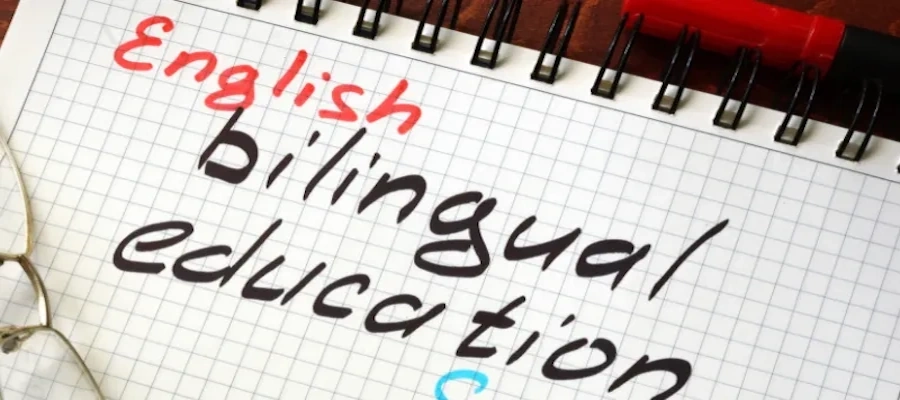What is Bilingual Education?
Bilingual education model is an education program that enables children to acquire academic and social achievements in natural, interactive and communicative learning environments in both their native language and a foreign language, in line with their age and cognitive development.
This model aims for children to learn two languages by using them in a planned and systematic way. Individuals who can speak two languages increase their career opportunities, become culturally richer, and improve their cognitive abilities. Additionally, bilingual education contributes to children's better communication around the world and understanding of different cultures. The bilingual education model provides long-term benefits to students and prepares them for situations they may encounter in life. These skills are also very valuable in the business world and academic life. Bilingual education positively affects children's mental development, leading them to better academic performance.
To list some of the benefits of bilingual education;
Development of Cognitive Abilities: Learning a second language improves children's cognitive skills such as memory, focus, multitasking, creativity, comprehension and mental flexibility. These skills prepare children for life situations and may reduce the risk of diseases such as Alzheimer's.
Career Opportunities: Individuals who can speak two languages can find jobs faster in the business world, work in better positions, and generally earn higher salaries. At the same time, career opportunities abroad also increase.
Cultural Richness: Knowing more than one language makes you a culturally richer person. The ability to understand different cultures helps you become more tolerant and understanding. Social Skills: Speaking a second language provides a sense of fulfillment and improves social skills.
Bilingual education helps children become more successful and well-rounded individuals in the future.



